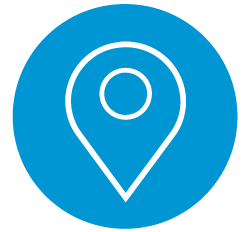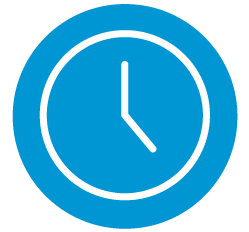Media Outreach
Given the remarkable work your organization does, you have the opportunity to increase your reach and visibility through media coverage. Landing placements in “traditional media” (e.g., television, radio, newspapers and their websites) helps establish and/or reinforce your organization as a trusted, credible resource. As a local/national “expert” on either an education or solar energy platform, you are an important resource whom they can look to when they cover your topic area.
These are four core steps to media outreach:
Craft Your Media Pitch Points as Your Internal Roadmap
Your media pitch points succinctly outline your approach to offering reporters your story ideas. Ideally, you will have multiple story angles (above) that you can combine into a robust media pitch that offers reporters a variety of ways to use your information and resources.
The following are key elements to include as you create your pitch to your media target(s):

Localize, Localize, Localize
News outlets primarily want to know about the impact of your issue in your community. Share local facts and figures, offer interviews with community members who have been impacted.

Clearly Define the Problem
Make sure it is audience-relevant and defined in public-friendly and easy-to-understand terms (e.g., X percent of middle schools in [your town or region] didn’t have access to [need that your funded project fills] – until now.).

Make the Case for Why Now
Is it timely? Urgent? Immediate? Leading or part of a trend? Is there a certain population segment that is most at risk?

Put a Human Face on It
Share personal stories and those individuals’ permission to share those stories (e.g., what their challenges were, how your work helped improve their lives) with the media.

Provide Personal Action Steps
Examples include: Sign the renewable energy savings pledge, exercise your right to safe places to extend education after school. Also importantly, provide a resource for more information, e.g., your website URL.

Localize, Localize, Localize
News outlets primarily want to know about the impact of your issue in your community. Share local facts and figures, offer interviews with community members who have been impacted.

Clearly Define the Problem
Make sure it is audience-relevant and defined in public-friendly and easy-to-understand terms (e.g., X percent of middle schools in [your town or region] didn’t have access to [need that your funded project fills] – until now.).

Make the Case for Why Now
Is it timely? Urgent? Immediate? Leading or part of a trend? Is there a certain population segment that is most at risk?

Put a Human Face on It
Share personal stories and those individuals’ permission to share those stories (e.g., what their challenges were, how your work helped improve their lives) with the media.

Provide Personal Action Steps
Examples include: Sign the renewable energy savings pledge, exercise your right to safe places to extend education after school. Also importantly, provide a resource for more information, e.g., your website URL.
Click Here for All Points North Foundation’s Response to COVID-19
All Points North Foundation provides grants for U.S.-based projects and initiatives that support our priorities: improving public middle school education and teacher training, and implementing effective solar programs and/or projects.
Have a U.S.-based project you’d like to discuss?

